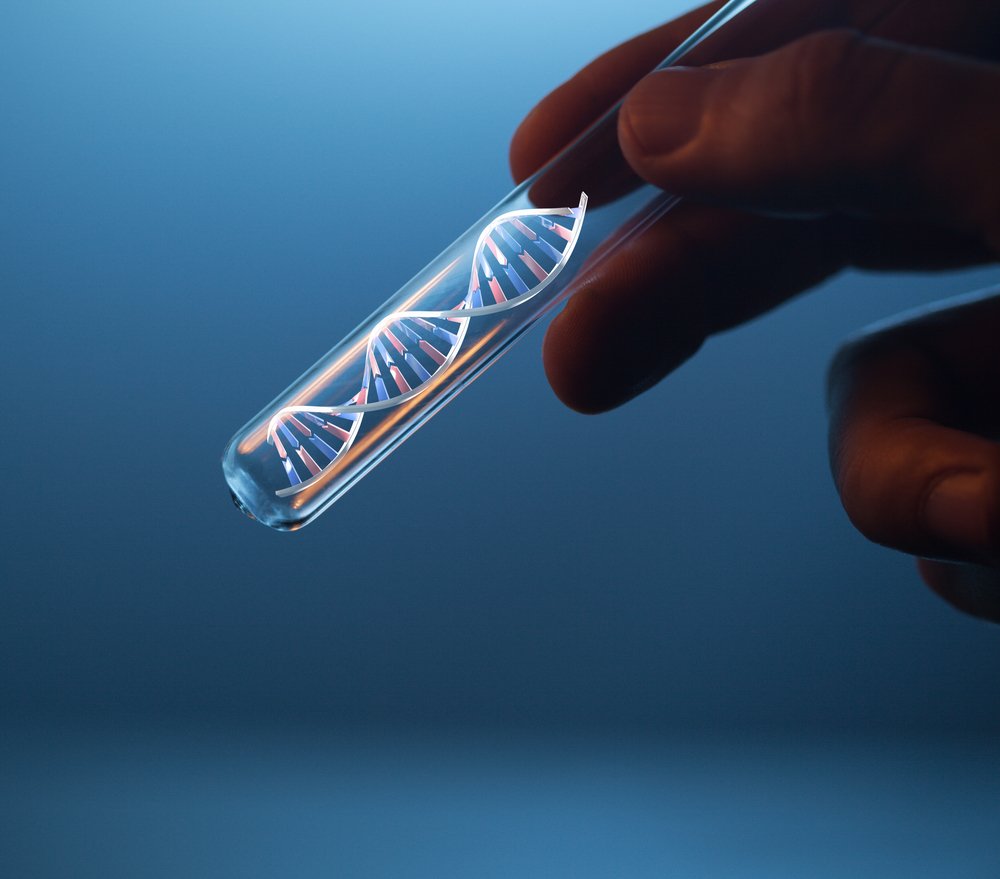Researchers Discover Promising New Gene Therapy Approach for Spinal Muscular Atrophy

A new genetic approach to restore the expression of the gene that causes spinal muscular atrophy (SMA) in patients’ cells holds promise to effectively and permanently treat the disease, researchers suggest.
The study, “Seamless genetic conversion of SMN2 to SMN1 via CRISPR/Cpf1 and single-stranded oligodeoxynucleotides in spinal muscular atrophy patient-specific iPSCs,” was published in the journal Human Gene Therapy.
SMA is caused by mutations in the survival motor neuron 1 (SMN1) gene, which leads to a reduction in the load of SMN protein. The existence of a second survival motor neuron gene (SMN2), with an identical sequence, has the potential to rescue the effects of SMN1 mutations.
However, a natural difference of one nucleotide — the basic unit of DNA and the building blocks of proteins — in the SMN2 DNA sequence leads to an event called “alternative splicing,” which causes 90 percent of the resulting protein to be shorter and nonfunctional.
Converting the SMN2 gene to an SMN1-like gene by way of a single nucleotide change is a potential therapeutic approach for this disease.
SMA patients’ cells can be reprogrammed back into induced pluripotent stem cells (iPSCs), which have the ability to give rise to almost any cell in the body. They can then potentially be genetically altered and developed into motor nerve cells for transplant back into the SMA patient, offering the possibility of a viable treatment strategy.
Italian researchers had previously transplanted genetically corrected motor nerve cells derived from SMA-iPSCs into an SMA mouse model, observing improved disease symptoms and increase in survival. However, the low efficiency and risk of cancer associated with the approach limits its application in humans.
Chinese researchers have now developed an effective and cancer risk-free approach to create corrected motor nerve cells from SMA patients.
The team generated iPSCs from urine cells from a 22-year-old male patient with SMA type 3 — a mild form of SMA — and from a 26-year-old healthy male as a control.
The iPSCs were then genetically modified to convert the SMN2 gene into a SMN1-like gene using the CRISPR/Cpf1 gene editing system. This system, similar to CRISPR-Cas9, allows researchers to edit parts of the genome by adding, removing, or changing specific sections of the DNA sequence.
SMN protein expression and the localization of SMN-associated subnuclear structures, called gems, were significantly rescued in the corrected-iPSCs and in their derived motor nerve cells.
These results confirmed that the modification of a single nucleotide in the SMN2 gene can correct its DNA sequence, producing a full-length and functional SMN protein.
“This is the first report of an efficient gene conversion mediated by Cpf1 homology-directed repair (HDR) in human cells and may provide a universal gene therapeutic approach for most SMA patients,” the researchers wrote.
The team believe this specific and efficient approach also has the potential to be used in other human genetic diseases to create new gene therapies.







